Table of Contents
Stepping into the world of Japanese tattoos is like opening a history book etched in skin. These aren't just pretty pictures; they carry centuries of tradition, symbolism, and stories. For men seeking ink with serious depth and visual impact, exploring japanese tattoo designs male options is a journey into a rich cultural heritage. You're not just getting a tattoo; you're wearing art that speaks volumes about strength, resilience, protection, and personal journey.
The Roots of Japanese Tattoo Designs Male
The Roots of Japanese Tattoo Designs Male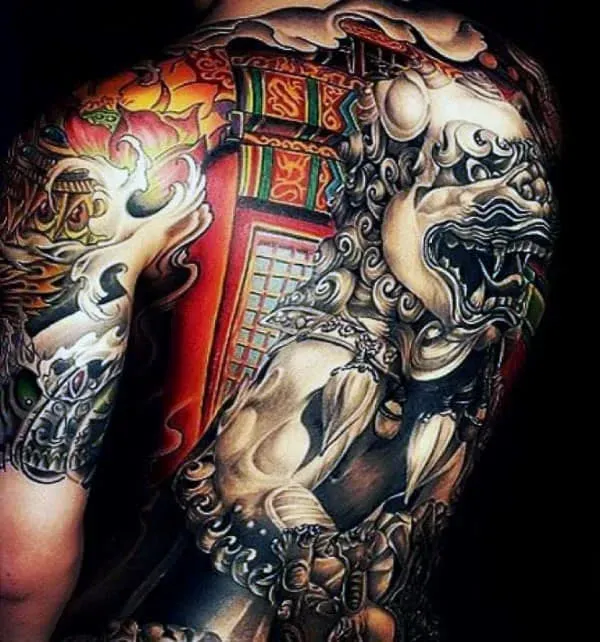
Understanding the deep history behind Japanese tattoo designs for men reveals they weren't always purely decorative. Irezumi, as it's called in Japan, traces its origins back thousands of years, initially used for spiritual and ceremonial purposes, and later, as a form of punishment or marking criminals. During the Edo period (1603-1868), however, woodblock print artists, or Ukiyo-e masters, began influencing tattoo designs, bringing vibrant colors and dynamic compositions often depicting heroes from folklore, mythological beasts, and scenes from history or nature. This era saw a significant shift, transforming tattooing into a respected art form, particularly among the working class like firefighters and laborers who wore these elaborate body suits as symbols of bravery, status, and protection, often hidden beneath their clothing.
Popular Japanese Tattoo Designs and Their Meanings for Men
Popular Japanese Tattoo Designs and Their Meanings for Men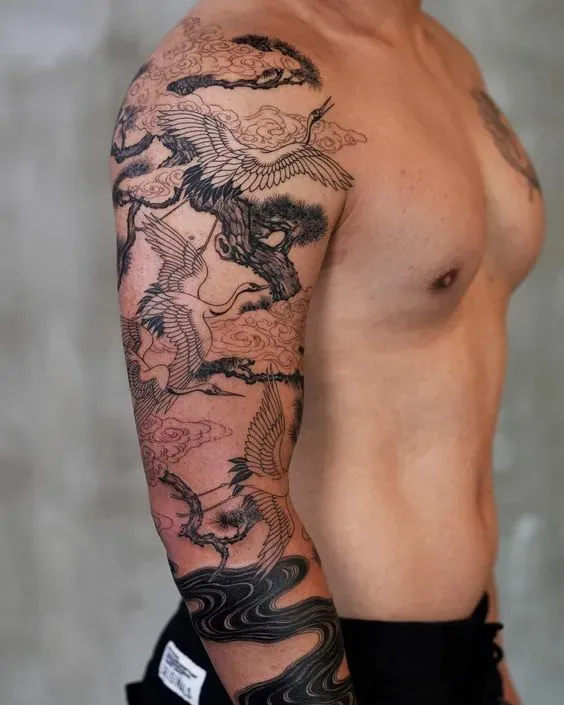
Dragons: Power, Wisdom, and the Forces of Nature
When you talk about popular japanese tattoo designs male, dragons are usually the first thing that comes to mind. And for good reason. Japanese dragons, or Ryu, are different from their Western counterparts. They aren't typically evil hoarders of gold. Instead, they are benevolent, wise, and symbols of power, strength, and protection. They are often associated with water and control over the elements, like rain and typhoons. Getting a dragon often signifies a desire for strength, a connection to natural forces, or perhaps overcoming significant obstacles. My friend, a firefighter, got a large Ryu on his back. He said it reminds him of the raw, unpredictable power he faces on the job, and his need for strength and vigilance.
Koi Fish: Perseverance, Ambition, and Transformation
Another incredibly popular choice among japanese tattoo designs male is the Koi fish. These aren't just pretty pond dwellers; the Koi is a potent symbol rooted in a Chinese legend about a Koi swimming upstream, battling currents and waterfalls, to reach the top of a mountain where it transforms into a dragon. This story makes the Koi represent perseverance, determination, ambition, and the ability to overcome adversity. A Koi swimming upstream often signifies a struggle or journey towards a goal, while one swimming downstream can represent success or having achieved something significant. It’s a powerful image for anyone who feels they've fought hard for where they are.
Here's a quick look at some common Koi colors and their general meanings:
- Red Koi: Love, energy, bravery.
- Black Koi: Overcoming obstacles, masculinity.
- Blue Koi: Peace, tranquility, reproduction (sometimes associated with sons).
- Gold Koi: Wealth, prosperity, good fortune.
- White Koi: Purity, transformation, success in career.
Tigers: Strength, Courage, and Protection from Evil
Tigers, or Tora, are also powerful figures in japanese tattoo designs male. They are seen as symbols of strength, courage, and longevity. In Japanese folklore, the tiger is believed to control the wind, making it a force of nature to be reckoned with. They are often depicted battling demons or other forces, symbolizing protection against evil spirits and bad luck. A tiger tattoo can represent a warrior spirit, a protective nature, or simply raw, untamed power. It's a bold statement, usually rendered with striking stripes and intense eyes, demanding attention and respect.
Choosing Your Japanese Tattoo Designs Male: From Dragons to Koi
Choosing Your Japanese Tattoo Designs Male: From Dragons to Koi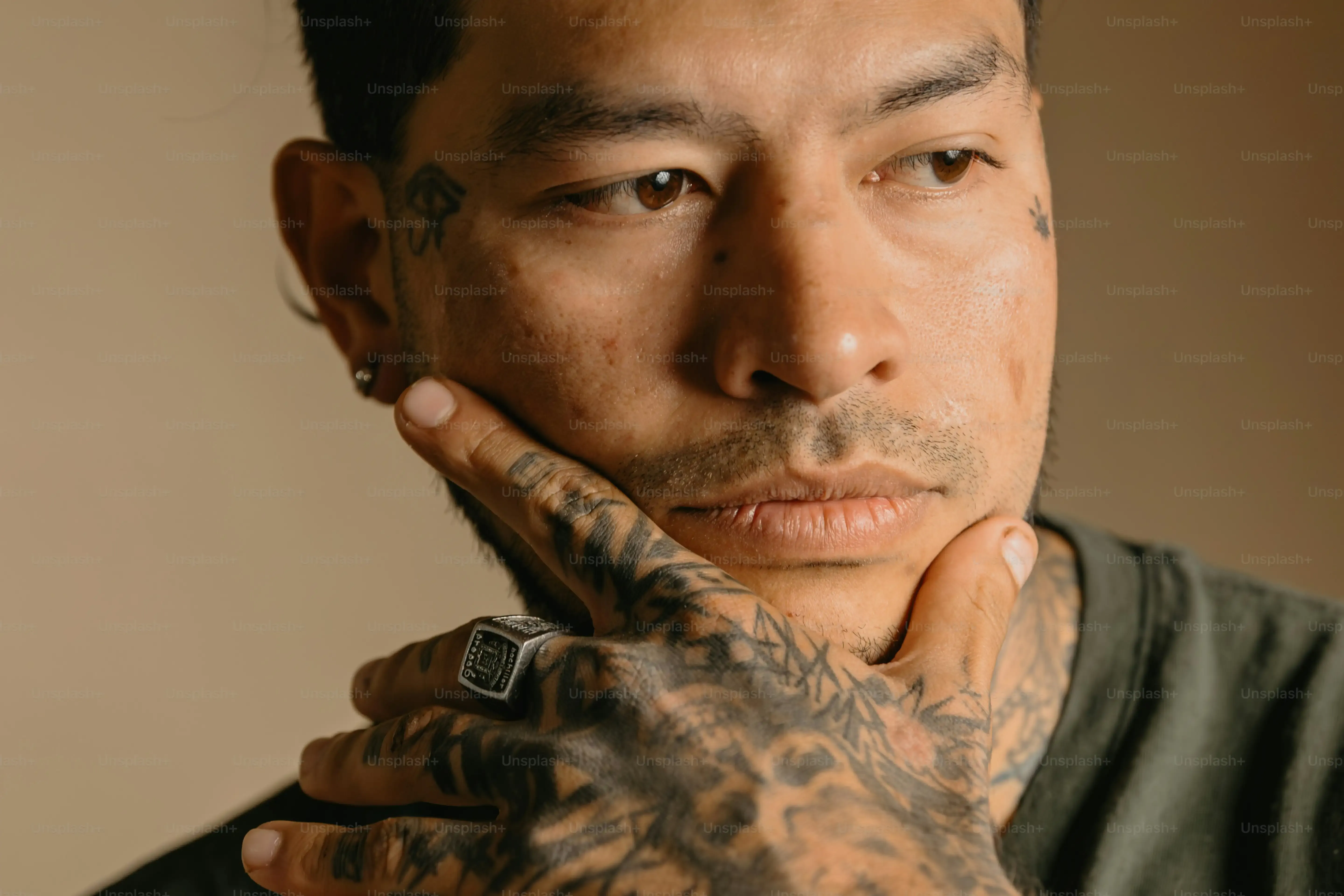
So, you've seen the stunning visuals and read about the deep meanings behind these powerful images. Now comes the tricky part: Choosing Your Japanese Tattoo Designs Male. It's not like picking out a new shirt; this is going to be with you for a while, maybe forever. You're weighing dragons against koi, tigers against phoenixes, each whispering promises of power, perseverance, or protection. Don't just pick the one that looks coolest on Instagram. Think about what truly resonates with you, what story you want etched into your skin. Is it the relentless drive of the Koi fighting upstream, or the stoic, protective power of the Tiger? This isn't just about aesthetics; it's about finding a symbol that mirrors your inner self, or perhaps the person you aspire to be.
Placement and Size Considerations for Japanese Tattoo Designs Male
Placement and Size Considerations for Japanese Tattoo Designs Male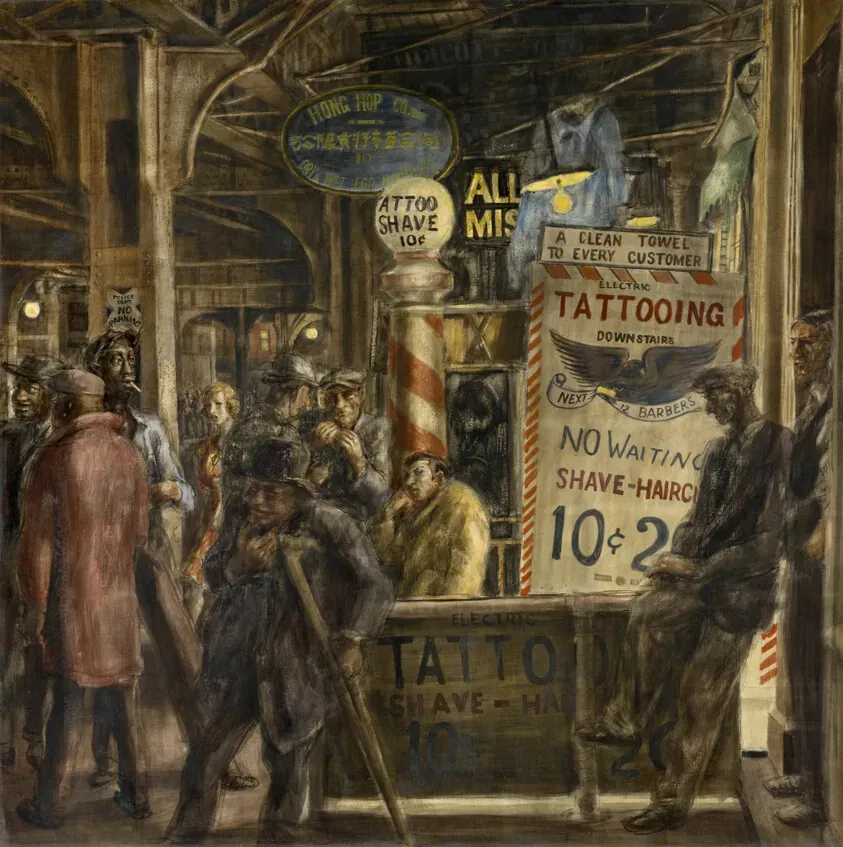
Choosing the Canvas: Where Your Japanese Design Lives
Alright, you've wrestled with the meanings, debated the creatures, and landed on a design that speaks to you. Now, where does this epic piece of art go? Placement is huge for japanese tattoo designs male, not just for looks, but for how the design flows with your body's anatomy. Traditional Japanese tattoos, like the full body suit (Sōshinbori), are designed to move and flex with your muscles. Think about the back – it's a massive canvas, perfect for sprawling dragons, intricate samurai battles, or a powerful Fudo Myoo. The arm, especially a full sleeve (Hikae), is classic for dynamic scenes like a winding serpent or a fierce tiger stalking through bamboo. Legs, particularly the thigh and calf, also offer good space for larger motifs. It's not just about showing it off; it's about the design living on you.
Size Matters: How Big Should Your Japanese Tattoo Be?
Don't kid yourself, size absolutely impacts the effect of japanese tattoo designs male. A small, delicate Koi might look good on an ankle, but the intricate scales and flow of a powerful Koi transforming into a dragon really need room to breathe. Full back pieces or sleeves allow for incredible detail and storytelling – you can incorporate elements like wind bars, water motifs, cherry blossoms, or maple leaves that add layers of meaning and visual depth. Trying to cram a detailed battle scene onto your bicep just won't work; it'll look muddy and lose its impact. Conversely, some designs, like a single, striking Hannya mask, can be incredibly powerful even in a smaller size, provided the detail is crisp.
Common traditional placements and what they often accommodate:
- Back (Sōshinbori): Full narratives, large mythological creatures (dragons, phoenixes), historical scenes. Allows for extensive detail and flow.
- Arm (Hikae): Sleeves (full or half), dynamic creatures (snakes, tigers), smaller scenes. Works well with the body's natural shape.
- Leg (Donburi): Thighs and calves accommodate larger elements, similar to arms but with different muscle flow.
- Chest/Stomach (Munewari): Often part of a full suit, framing the body. Can feature powerful central images or extend into sleeves.
Placement and Size Working Together: The Harmony of Design
It's not just size *or* placement; it's how they work together. A skilled Japanese tattoo artist, or Horishi, understands how to design a piece that fits the specific area of your body, taking into account muscles, joints, and the natural contours. A dragon wrapping around an arm will look and feel different from one coiled on a back. The size dictates the level of detail possible, and the placement dictates how that detail is seen and how the overall image interacts with your form. Think about the negative space too – traditional Japanese tattoos often use background elements like clouds or waves to fill space and unify the design, which is heavily influenced by the size of the area being tattooed. Getting this right is crucial for a piece that looks intentional and powerful, not just slapped on.
Caring for Your Japanese Tattoo and Finding the Right Artist
Caring for Your Japanese Tattoo and Finding the Right Artist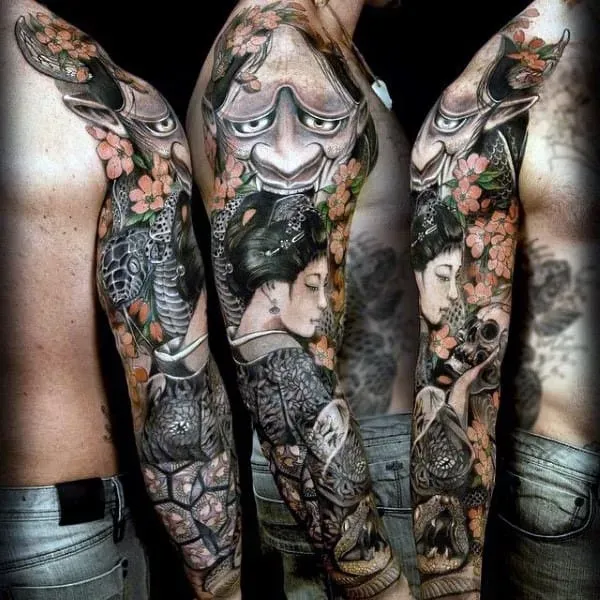
Protecting Your Investment: Tattoo Care
you've committed. You've gone through the pain, the planning, and now you're sporting some serious japanese tattoo designs male. This isn't like getting a temporary sticker from a gumball machine; this is a significant investment of time, money, and skin real estate. Caring for it properly is non-negotiable if you want that vibrant dragon or stoic samurai to look sharp for decades, not just fade into a blurry mess within a few years. The first few weeks are critical – listen to your artist's aftercare instructions like they're dictating the winning lottery numbers. Keep it clean with mild soap, moisturize it properly, and for the love of all that is sacred, keep it out of direct sunlight while it's healing. Sun is the sworn enemy of tattoos; it fades colors faster than a bad alibi unravels.
Finding the Master: Selecting Your Horishi
Finding the right artist for your japanese tattoo designs male is arguably more important than the design itself. You're not just hiring someone to poke you with needles; you're seeking a skilled artisan who understands the history, symbolism, and technical demands of Irezumi. This isn't the time to hunt for the cheapest deal on Craigslist. Look for artists who specialize specifically in Japanese work, check their portfolios religiously – look for clean lines, smooth shading (especially the black background called *bokashi*), and vibrant, consistent color packing. Talk to them. Do they understand the meaning behind the design you want? Do they work in the traditional style you admire? A good artist will guide you, perhaps even refine your ideas based on their expertise and how the design will sit on your body. It might take time to find the right fit, and you might have to wait for an appointment, but trust me, a patient search for a master is worth every second and every dollar.
Questions to ask a potential Japanese tattoo artist:
- How long have you been specializing in Japanese style?
- Can I see examples of your healed work?
- Do you freehand or stencil the designs? (Many traditional artists freehand or use stencils as a base)
- What is your process for designing a custom piece?
- What are your aftercare instructions?
More Than Just Ink: The Lasting Impact of Japanese Designs
So, we've covered the history, the heavy hitters like dragons and koi, and the sheer weight of symbolism packed into traditional Japanese tattoos. Choosing a japanese tattoo designs male isn't like picking a sticker; it's a commitment to carrying a piece of art and history on your skin. These designs demand respect, both in their execution by a skilled artist and in the wearer's understanding of their meaning. They aren't about fleeting trends; they're about making a statement that endures, a visual story woven from centuries of culture, resilience, and power. When you see a well-done Japanese piece on a man, you're not just seeing a tattoo; you're seeing a canvas that speaks of deep roots and deliberate choices.